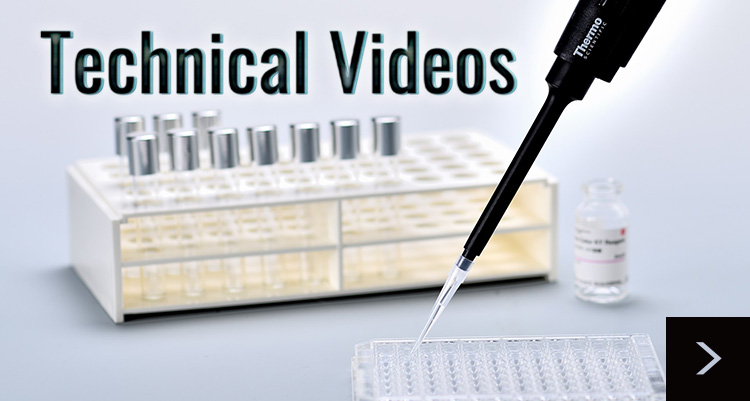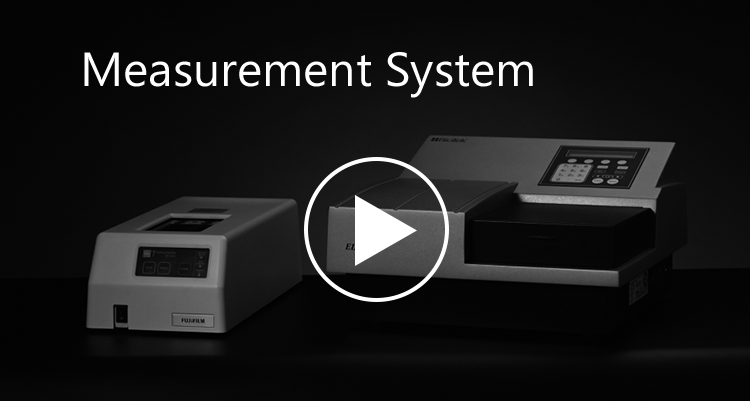Basics of Bacterial Endotoxins Test
We explain the endotoxin measurement from its basic knowledge to applied technology more clearly.
Endotoxin present on the cell wall of gram-negative bacteria is said to exhibit various biological activities such as exothermicity when entering the blood, and nowadays endotoxin tests are essential to be performed for those entering the blood by injections, medical instruments, etc.
In 1964, it was discovered that the endotoxin caused the aggregation and coagulation of the blood cell extract from limulus, and the lysate reagent was developed using this phenomenon.
There are two kinds of Limulus to be the raw material of lysate reagent, which are Limulus polyphemus inhabiting on the east coast of America and Tachypleus tridentatus inhabiting in the Southeast Asia. The lysate reagent prepared from the blood cell extract from Limulus polyphemus is called Limulus Amebocyte Lysate, commonly LAL.
On the other hand, the lysate reagent prepared from the blood cell extract from Tachypleus tridentatus is called Tachypleus Amebocyte Lysate, commonly TAL.
Field of application
- Injection
- Medical devices
- Regenerative medical products
- Biopharmaceutical products
Menu
- What is Bacterial endotoxin The toxicity, tolerance and structure of endotoxin are explained.
- Bacterial Endotoxin test The reaction mechanism, measurement method, field of application etc of the endotoxin measurement are widely explained.



